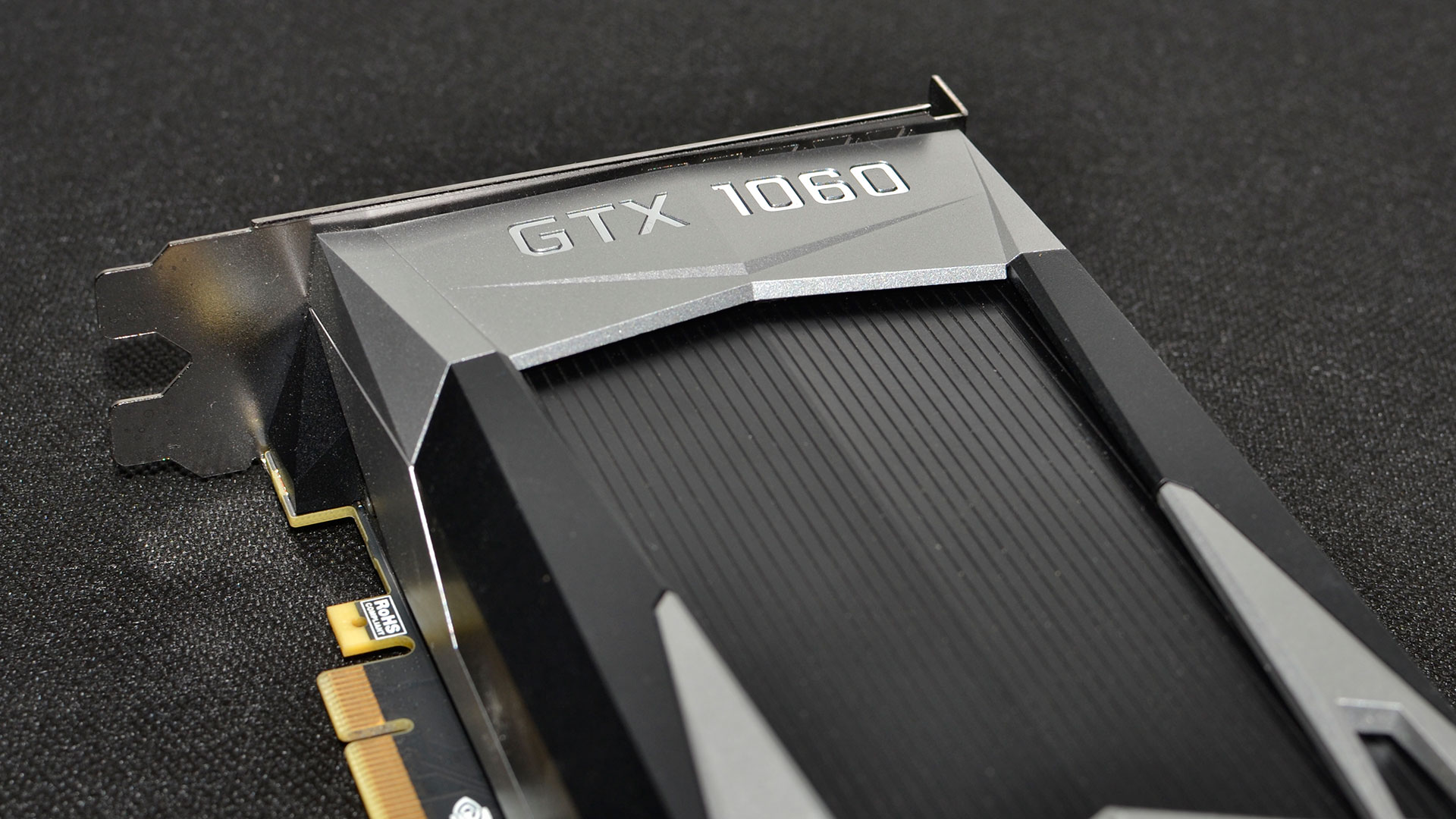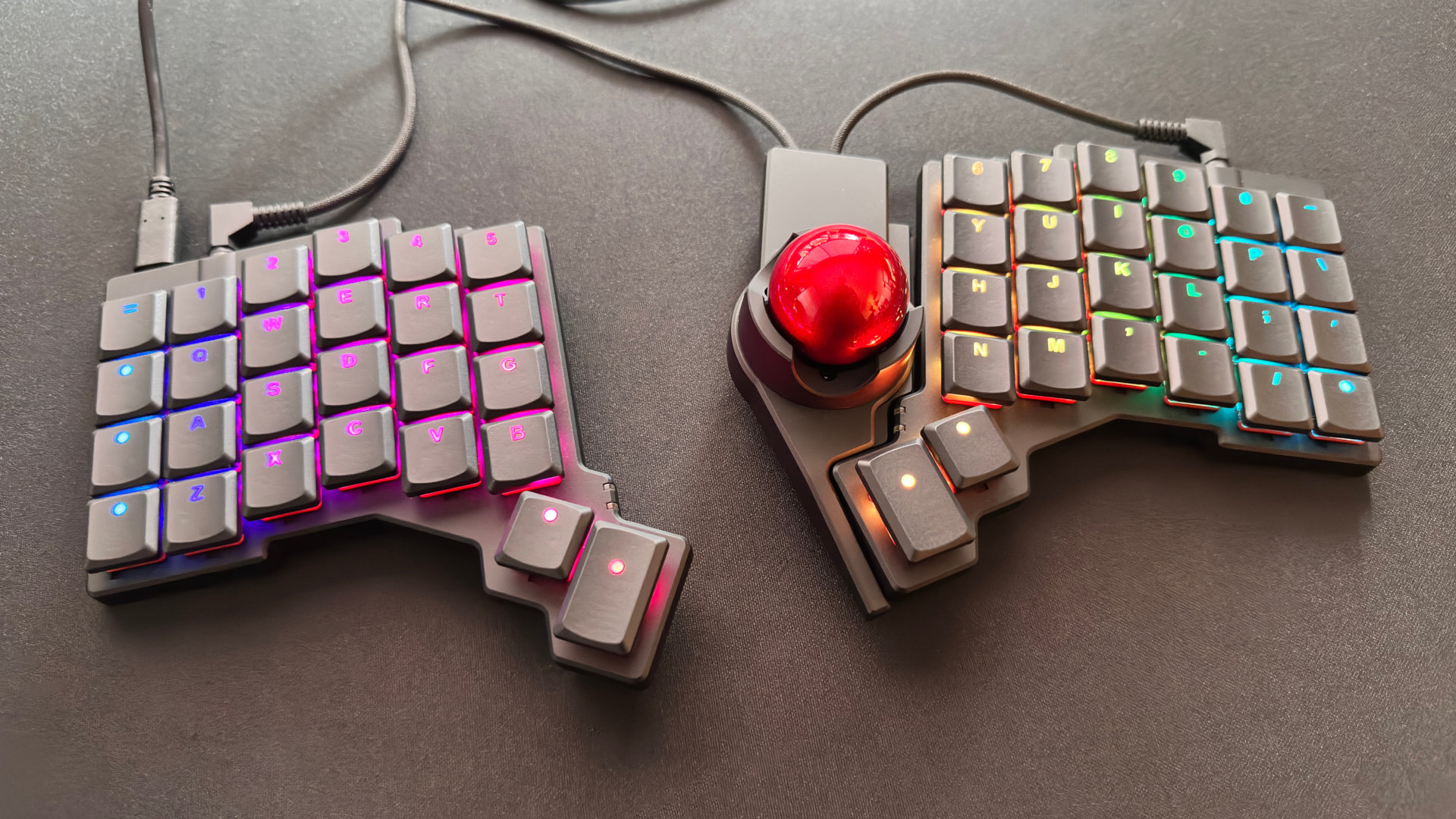Nvidia adds GDDR5X to its popular GTX 1060 line
Faster memory and a trimmed down GP104 could compete with an upcoming AMD Polaris refresh.
Over the weekend, Nvidia quietly updated its pages on the GTX 1060 graphics card. Details are scarce right now, with the only major update being the line that says "6GB GDDR5/X"—specifically the slash-X bit at the end. As Tom's Hardware notes, there are already four variants of the GTX 1060 in the wild: the commonly known 1060 3GB and 1060 6GB, plus a 1060 6GB with higher clocked GDDR5 memory, and finally a quirky 1060 5GB model that's mostly seen overseas. The GDDR5X variant would boost memory bandwidth, and potentially offer better overall performance, though how much better remains to be seen.
Where things get interesting is speculation on how Nvidia adds GDDR5X into the mix. GDDR5 and GDDR5X are not pin compatible, despite the similar names. GDDR5 comes in a 170-ball BGA format, while GDDR5X uses 190-ball BGA. There are other differences as well, like quad-data-rate vs. double-data-rate, and prior to this point it was assumed that only the GP104 and GP102 GPUs from Nvidia had the ability to interface with GDDR5X. That leaves two possibilities.
First, Nvidia may have simply neglected to mention the option for using GDDR5X in the past on the GTX 1060 line. Maybe the functionality was always present, and it just wasn't used due to the higher cost and marginal gains. The second option is that Nvidia is using harvested GP104 chips—larger GPUs that couldn't pass the cores/clockspeed/interface requirements for a GTX 1070, but that will work if enough elements are disabled.
Regardless of where the GDDR5X support comes from, we should see new GTX 1060 cards in the near future. No one has revealed official specs for a GTX 1060 GDDR5X card yet, but it's a safe bet that it will have either a 10Gbps or 11Gbps memory clock. That's 25 to 38 percent higher than the previous GTX 1060 Founders Edition's 8Gbps clock, and the additional bandwidth should improve performance. If the GDDR5X variant also uses a harvested GP104 chip, though, it opens the door to grander possibilities.
GTX 1070 and above are likely to disappear from production now that the RTX 2070, RTX 2080, and RTX 2080 Ti have arrived. But the least expensive of those is still a $500 card, and there's concern over how far down Nvidia can take the RTX capabilities. Would an RTX 2060 even make sense, if it's too slow to properly handle ray tracing and/or DLSS?
An alternative take is that Nvidia could push GP104 chips down to the sub-$300 range with a refreshed GTX 1060 6GB GDDR5X, and maybe provide additional CUDA cores in the process. Depending on how potent AMD's anticipated Polaris 30 refresh ends up being, we could have a third round of GTX 1060 vs. AMD for the mainstream market.
Keep up to date with the most important stories and the best deals, as picked by the PC Gamer team.
Jarred's love of computers dates back to the dark ages when his dad brought home a DOS 2.3 PC and he left his C-64 behind. He eventually built his first custom PC in 1990 with a 286 12MHz, only to discover it was already woefully outdated when Wing Commander was released a few months later. He holds a BS in Computer Science from Brigham Young University and has been working as a tech journalist since 2004, writing for AnandTech, Maximum PC, and PC Gamer. From the first S3 Virge '3D decelerators' to today's GPUs, Jarred keeps up with all the latest graphics trends and is the one to ask about game performance.



